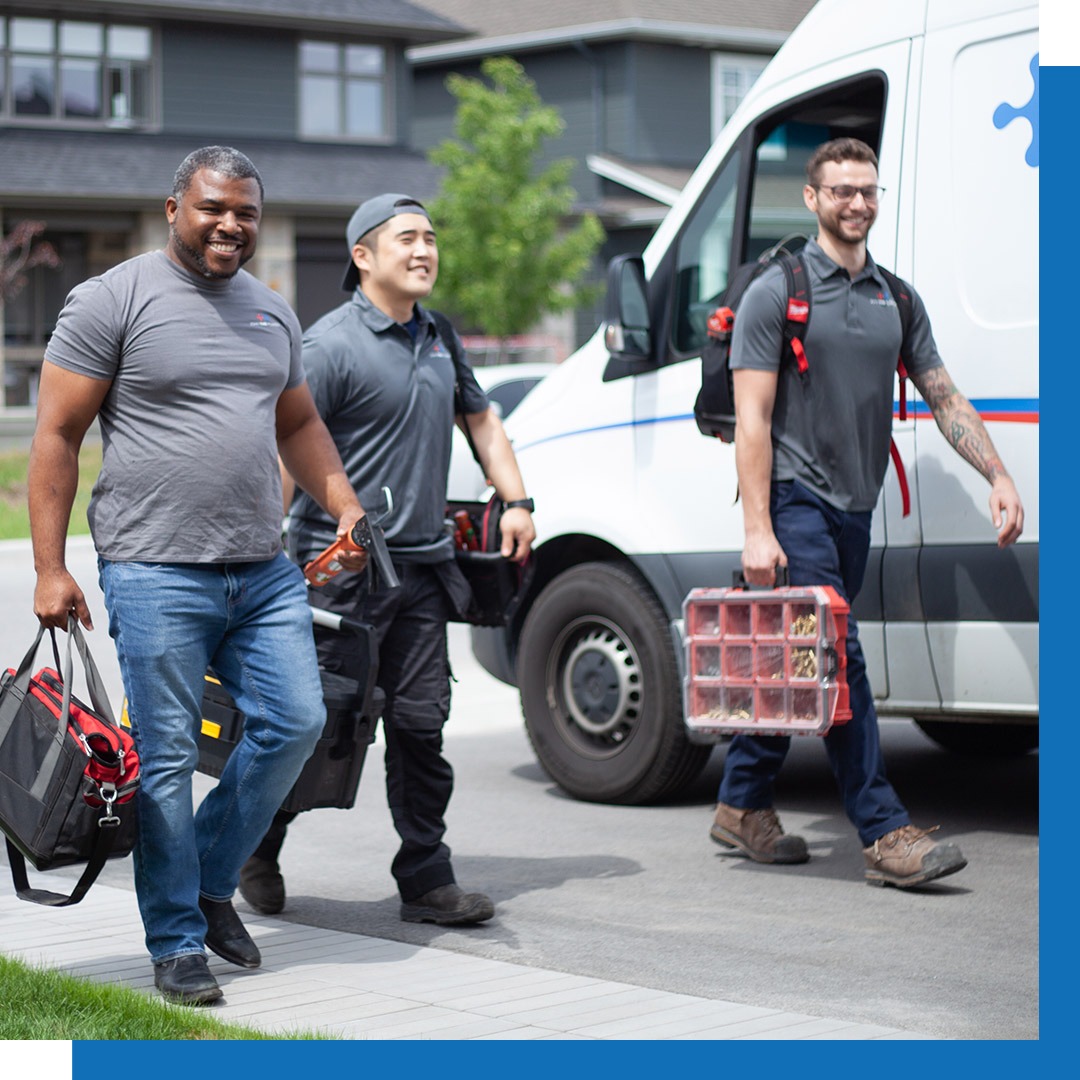Trusted Plumbing Services Alabaster AL for All Your Maintenances
A Detailed Guide to Efficient Water Heating Unit Installment for Optimum Performance
Getting started on the job of setting up a water heating unit is a venture that demands accuracy and a methodical method for achieving optimal performance. As you continue, the details of attaching water supply lines and setting up dependable electrical or gas links wait for, encouraging understandings into making sure effectiveness and reliability.
Selecting the Right Water Heater

Following, take into consideration the size and capacity of the water heating system. It's important to evaluate your family's warm water demands, which can vary based upon the variety of owners and their use patterns. An unit that's also tiny may cause insufficient hot water, while an extra-large version may cause unnecessary power intake.
Efficiency scores additionally play a critical function in choice. Look for water heaters with high Power Element (EF) rankings, indicating exceptional performance and minimized energy use. Tankless designs, though typically much more costly ahead of time, deal substantial energy cost savings over time due to their on-demand home heating capabilities.
Preparing the Setup Area
Before installing a new water heating system, precise preparation of the installment area is important. It's critical to measure the room thoroughly to suit the water heater's dimensions, ensuring appropriate clearance around the system for reliable procedure and maintenance.
Following, get rid of any kind of particles, dust, or blockages from the website to develop a tidy atmosphere. Check the floor for security, as the water heating unit will certainly require a strong, level surface area to run properly. If required, mount a drip frying pan under the device to capture potential leakages or spills, preventing water damage to the surrounding area. In areas susceptible to seismic activity, consider mounting seismic straps to protect the heater securely in place.
Furthermore, make sure that all essential devices and materials get on hand before commencing the setup. This includes items such as wrenches, screwdrivers, a level, and any added equipment required for safeguarding the heater and placing. A well-prepared installment area establishes the foundation for an effective water heating system configuration, enhancing performance and safety and security.
Connecting Water Supply Lines
When connecting water lines to your newly installed hot water heater, it is essential to ensure that all connections are leak-free and protected to keep effective operation and protect against water damage. Begin by determining the cold and check this warm water system lines. The cool water inlet is typically marked with a blue tag or a "C", while the hot water outlet is marked with a red label or an "H".
Usage adaptable water heating system adapters to promote a simpler setup procedure. These ports can absorb vibration and enable slight movement, lowering the danger of leakages. Prior to attaching the ports, put a plumbing technician's tape around the threaded ends of the hot water heater's inlet and outlet pipelines - Water Heater installation Alabaster AL. This tape acts as a sealer, avoiding leaks. Thoroughly connect the flexible pipes to the corresponding inlet and electrical outlet, making certain that they are not over-tightened however limited, which can damage the threads.
As soon as links remain in place, slowly switch on the main water shutoff. Check each link for leaks by visually really feeling and checking for moisture. Tighten up links as required, and make sure the pressure alleviation shutoff is correctly installed, securing versus too much pressure accumulation.
Establishing Up Electrical or Gas Connections
Properly establishing up the electrical or gas links for click for source your water heater is a crucial step to make sure secure and reliable operation. For electric water heaters, start by validating that the electric circuit is suitable with the heating unit's voltage and amperage demands.
For gas water heating systems, security is paramount. Link the gas line to the water heating unit utilizing an adaptable gas port, ensuring it is correctly threaded and sealed with pipeline joint compound or Teflon tape appropriate for gas connections.
Once connections are made, examine for any prospective leakages. For gas lines, use a soapy water solution to the joints; bubbles suggest a leak. For electric connections, double-check that all wiring is safe and secure and appropriately shielded, maintaining conformity with neighborhood electrical codes.
Adjusting and testing for Efficiency
With the electric and gas links safely in location, the following action is assessing the operational efficiency of your water heater. Begin by meticulously turning on the water supply and ensuring there are no leaks at any of the joints or shutoffs.
Following, execute a detailed evaluation to make sure the home heating aspects or burner are operating properly. For electric heating units, utilize a multimeter to validate if the components are drawing the ideal present. In gas versions, observe the burner fire; it must be blue and stable, suggesting reliable burning.
Readjust the setups as essential to remove inefficiencies. Take into consideration implementing insulation procedures, such as adding a water heating system blanket, to further improve performance by minimizing warm loss. Additionally, check the anode rod's condition, as a worn-out rod can reduce effectiveness and lead More Info to tank deterioration.
Conclusion
Effective water heating system installation is essential for making certain optimum performance and power savings. Securely connecting water supply lines and meticulously establishing up electrical or gas connections reduce possible problems.

Appropriately establishing up the electrical or gas connections for your water heater is a vital step to ensure reliable and risk-free operation. For electric water heaters, start by validating that the electric circuit is compatible with the heating unit's voltage and amperage needs. Connect the gas line to the water heating system using an adaptable gas connector, ensuring it is properly threaded and sealed with pipe joint compound or Teflon tape appropriate for gas connections.